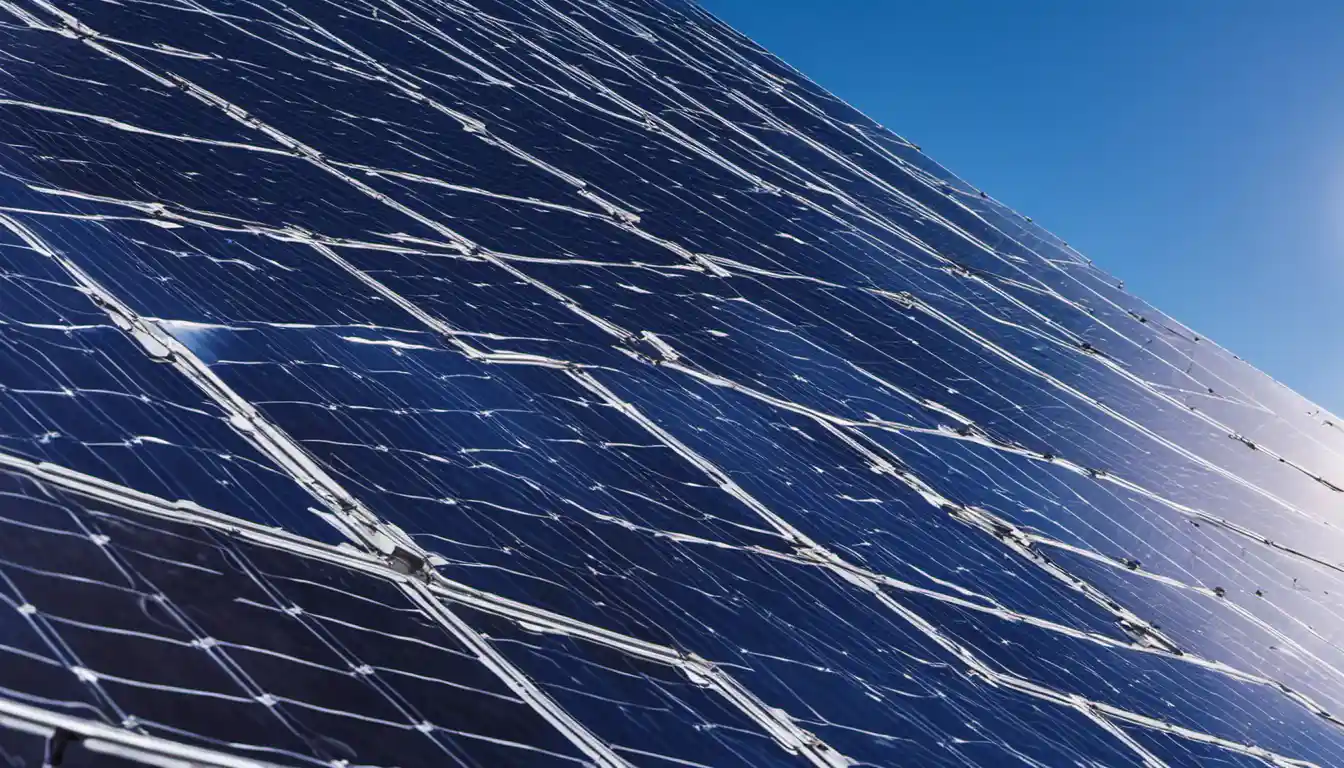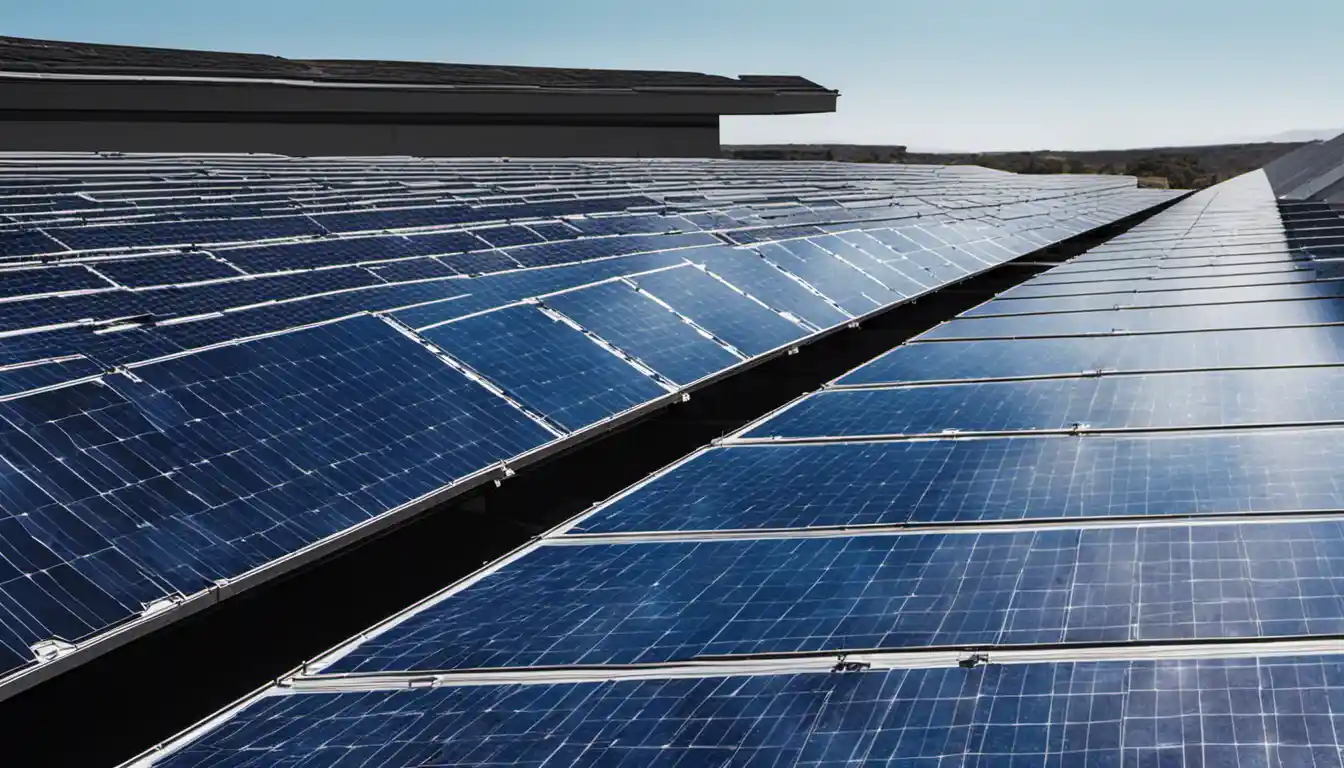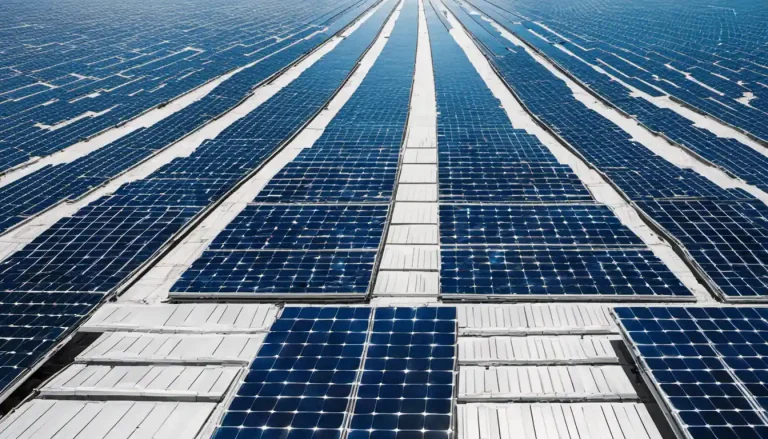Introduction to Polycrystalline Solar Panels
Polycrystalline solar panels come in a variety of sizes, with the most common being 65 inches by 39 inches. However, the size can vary depending on the specific power output and application, with larger panels used for commercial or utility-scale installations.
Understanding Polycrystalline Solar Panels
Before we delve into the technicalities of the size – or the “poly solar panel size” as it’s often referred to – it’s essential to understand what these panels are. Also known as ‘multi-crystalline’ or ‘many-crystal’ panels, they are identifiable by a more blueish hue compared to other varieties. These panels consist of multiple crystalline silicon fragments melted together, offering a more affordable yet highly effective solution for solar energy production.
Efficiency of Polycrystalline Solar Panels
When it comes to the polycrystalline solar panel size, it’s important to note that efficiency is a factor. Typically, these panels have an efficiency rate of 15-17%, a slight trade-off to their cost-effectiveness. However, advancements in technology are continuously elevating their performance closer to that of their more expensive counterparts.
Detailed Look at Polycrystalline Solar Panel Sizes

General Size Overview of Polycrystalline Solar Panels
The size of polycrystalline solar panels can vary. However, one of the standard sizes you’ll find in the market is approximately 65 inches by 39 inches. This dimension accounts for most residential installations and represents the standard 60-cell panel configuration.
Standard Commercial Polycrystalline Panel Dimensions
Commercial installations, on the other hand, commonly deploy a larger “poly solar panel size”. These are typically 77 inches by 39 inches, representing a standard 72-cell configuration. The larger dimension enables higher power production, accommodating the higher energy needs of commercial establishments.
Residential Polycrystalline Solar Panel Size: The 60-Cell Standard

For residential installations, the usual 60-cell standard (approximately 65×39 inches) is more than sufficient. This panel size perfectly balances efficiency, space consumption, and cost for typical household energy needs.
Factors to Consider When Choosing Solar Photovoltaic Panel Size
Deciding on the perfect polycrystalline solar panel size might seem like a daunting task. However, three fundamental factors can help guide you: roof space, system capacity, and cost.
Importance of Roof Space
The roof space available to you is a determinant factor in choosing the size of your panels. Naturally, larger panels translate to more power, but they also require more space. Assessing your roof’s space will give you an idea of how many panels you can install.
Considering Solar System Capacity

Next, consider how much energy you need your system to produce. If you consume a lot of power, but your roof space is limited, you might need to consider installing high-efficiency panels. Your energy consumption can be calculated by examining your past electricity bills or consulting a solar energy expert.
Balancing Your Budget for Panel Sizing Decisions
The last guiding factor is the cost. Bigger, high-quality panels will produce more energy but will also be the most costly. You need to balance your short-term budgets with your long-term savings gained from lower energy bills.
Conclusion: Importance of Choosing The Right Solar Panel Size in a System
Regardless of your energy needs, the right polycrystalline solar panel size can make a significant difference to your energy production and savings. By considering your roof’s size, your energy needs, and your budget, you can make an informed decision that will offer the best return on your investment. For more information on the types and specifications of polycrystalline solar panels, I recommend checking out the Polycrystalline Solar Panel page.



